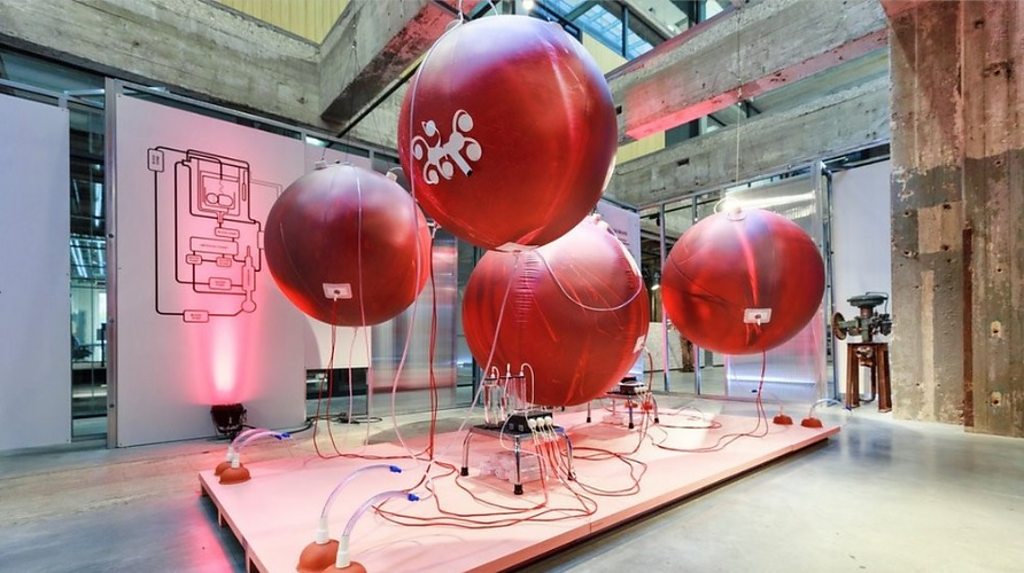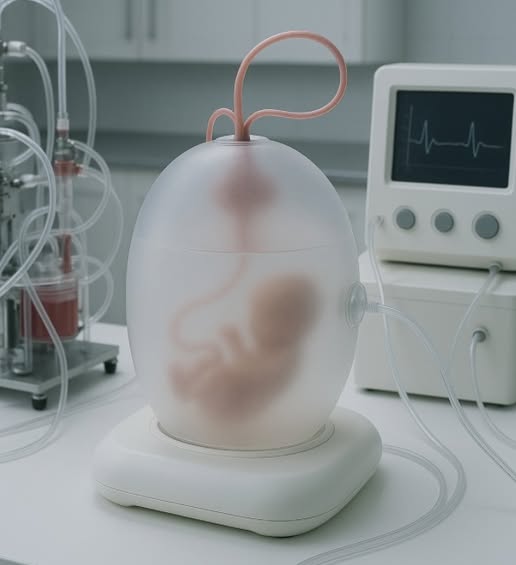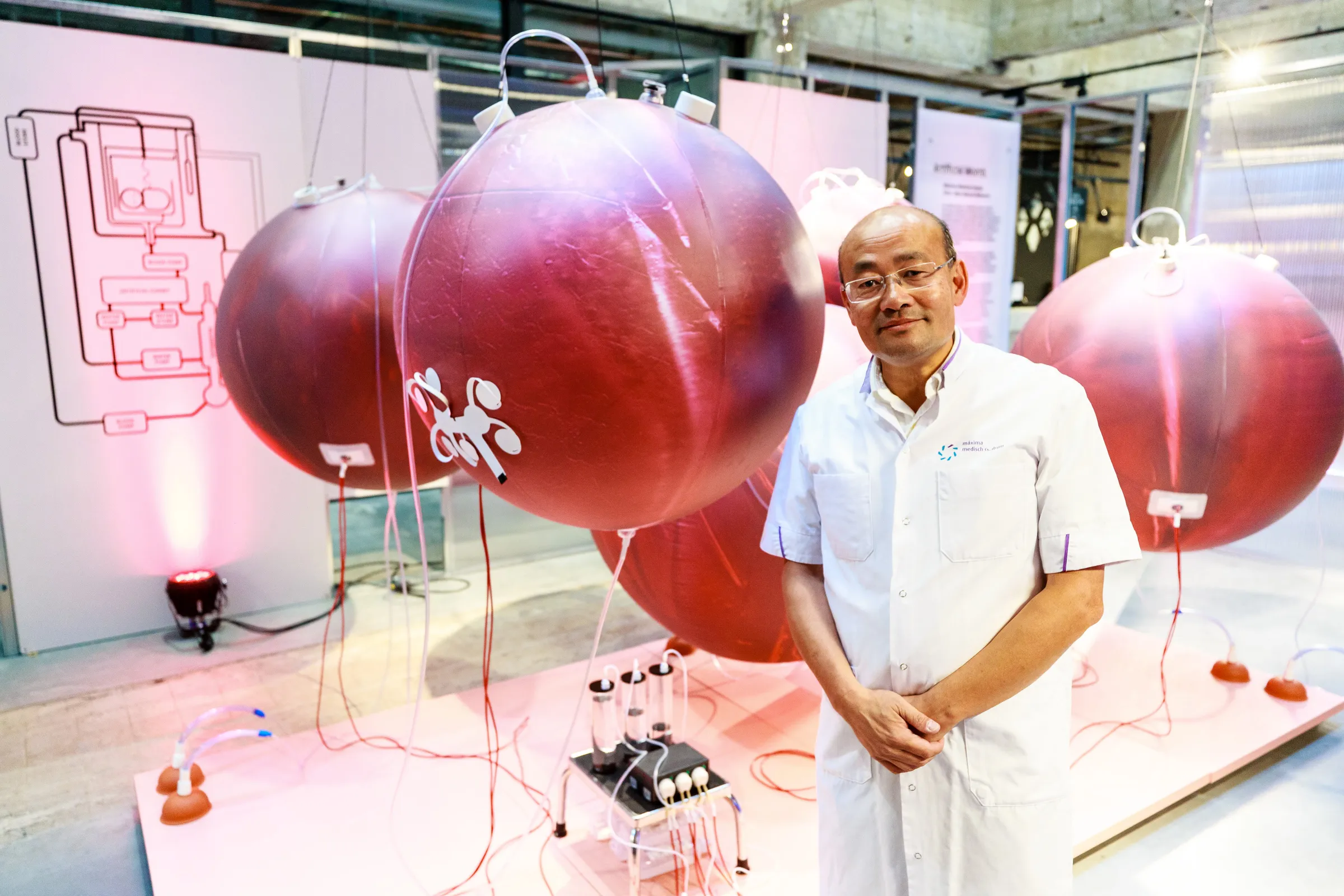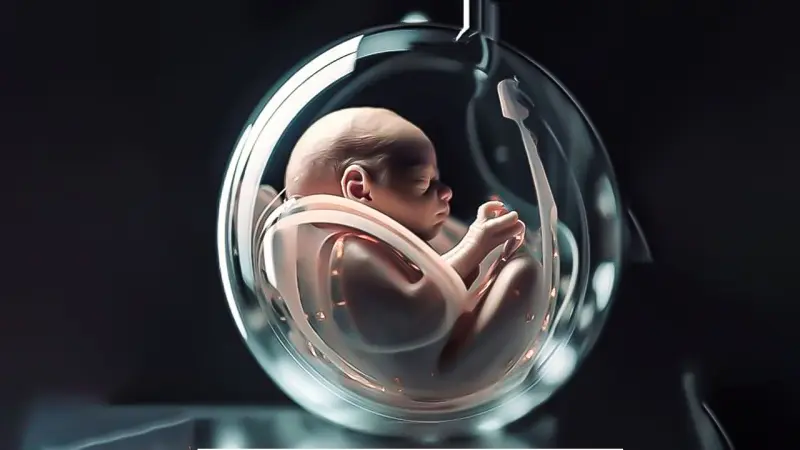Japan Builds the World’s First Fully Functional Artificial Womb

It sounds like science fiction, but in a quiet laboratory in Japan, something extraordinary has become reality: the world’s first fully functional artificial womb. This is not a prototype or a theoretical concept. It is a working system where life can grow and develop outside the human body.
Inside this capsule, scientists have recreated the delicate conditions of a natural womb. Oxygen levels, nutrient supply, waste removal, and even the subtle rhythms of a placenta are simulated with remarkable precision. It is, in effect, a womb without a mother.
The implications are profound. For premature babies who might not survive outside a human womb, this technology could offer a second chance at life. For families struggling with infertility, it opens new possibilities for bringing children into the world. It is a breakthrough with the potential to redefine neonatal care and reproductive medicine.
Yet, alongside the wonder comes deep ethical and philosophical questions. What does it mean to create life in this way? Where do we draw the line between hope and hubris? How will this technology reshape our understanding of parenthood, birth, and the human body itself?
One thing is certain: we are stepping into a future that no one is fully prepared for. This is a historic moment, a scientific achievement that is both awe-inspiring and unsettling. The artificial womb marks not just a technological milestone, but a new chapter in humanity’s exploration of life itself.











